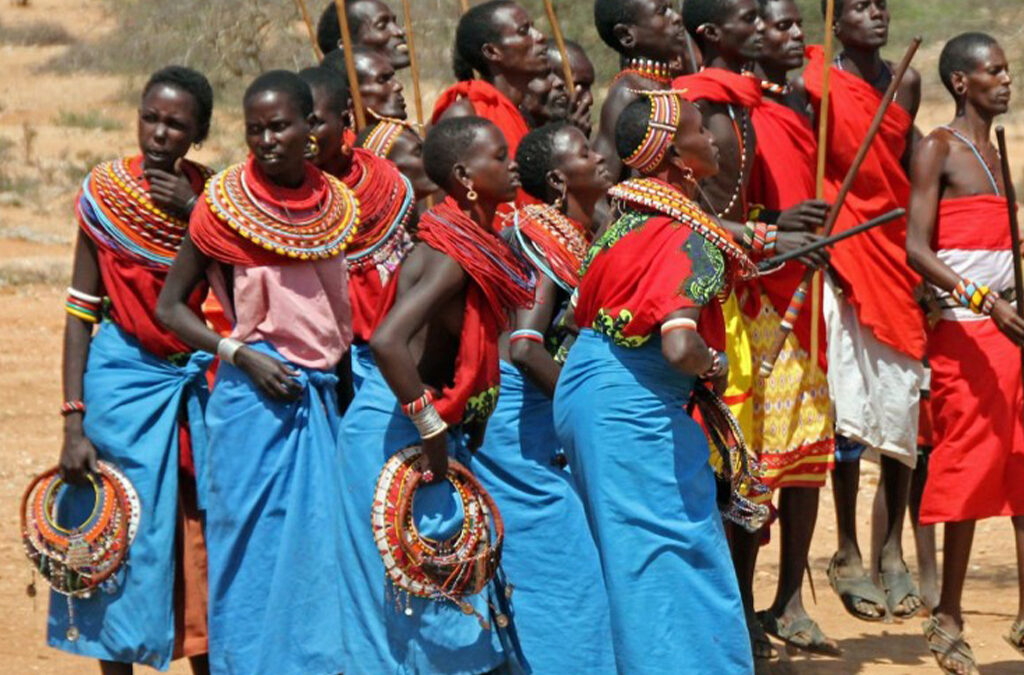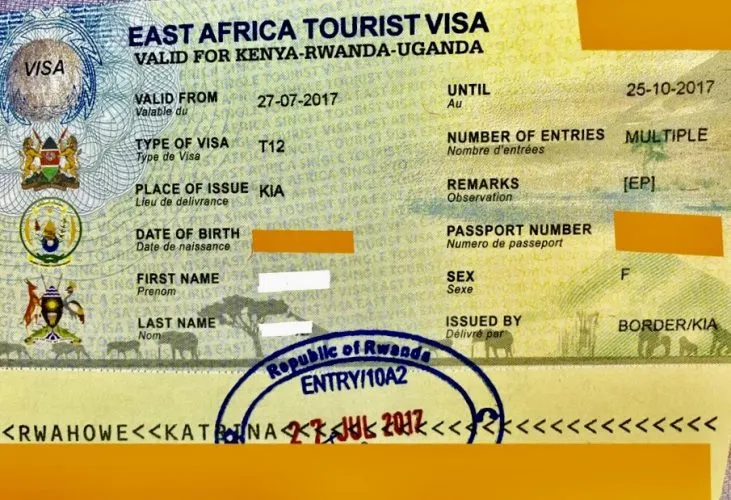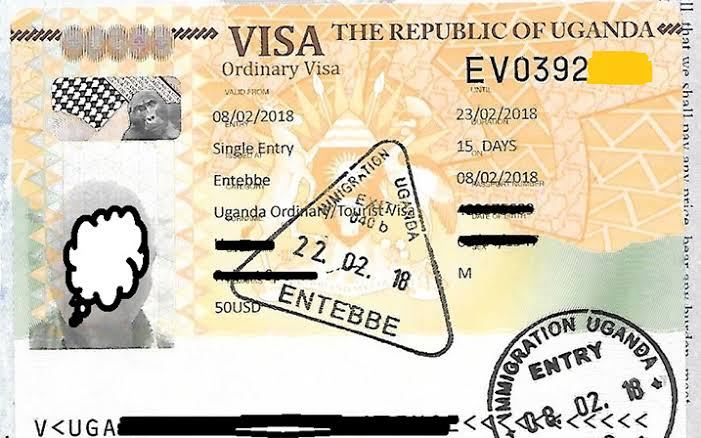
Does Tanzania Offer Luxury Safaris?
May 7, 2025
How to Plan a 10-Day Tanzania Trip?
May 8, 2025What’s Unique About Maasai Culture?
Amidst the sun-kissed savannas of East Africa, stretching across southern Kenya and northern Tanzania, lives one of the most fascinating and enduring cultures on Earth the Maasai. Their culture is more than colorful beads and graceful dances; it’s a deep, living expression of identity, resilience, and harmony with nature.
A Timeless Connection to the Land
For the Maasai, land is not just a resource it’s a sacred inheritance. Unlike the modern notion of land ownership tied to boundaries and deeds, the Maasai view land as communal. It’s cared for and shared, sustaining both people and livestock. The plains, hills, and rivers hold stories passed from one generation to another, not written in books but told through oral tradition.
Walking through the grassy stretches of the Maasai Mara or the open lands of Ngorongoro, it’s easy to see how every path trodden by their cattle and every acacia tree holds purpose. This spiritual connection to nature teaches a quiet kind of stewardship, one that speaks volumes about sustainability long before it became a global concern.
Language as a Vessel of Identity
The Maasai speak Maa, a language rich with metaphor and rhythm. It flows like a song, preserving history, proverbs, and teachings. Through Maa, values are taught not by force, but by stories. Children grow up hearing tales of heroes, cattle raids, and the wisdom of elders, slowly understanding what it means to be courageous, respectful, and resilient.
In a world rushing toward uniformity, the preservation of language offers more than communication; it safeguards identity. Every Maasai phrase spoken is a quiet resistance against the loss of heritage.
The Art of Adornment
To witness a Maasai person adorned in traditional dress is to see art in motion. Beaded necklaces, brightly colored (wrapped garments), and intricately braided hair are not mere aesthetics they carry meaning.
Each bead color has symbolism: red for bravery and unity, blue for energy from the sky, white for peace and health. The beadwork tells stories of status, milestones, and personal history. Behind every necklace worn by a young woman or every bracelet adorning an elder lies patience, skill, and cultural pride.
This attention to detail, passed through generations of hands, speaks of a people who find beauty in meaning not in excess or fashion trends, but in significance and identity.
A Unique Social Structure
In Maasai culture, age and gender shape community roles in a way that fosters both order and belonging. Life follows a clear rhythm marked by rites of passage. Boys transition into warriors morans through ceremonies that test courage and discipline. Girls move into womanhood through rites that, though evolving, still emphasize responsibility and womanly strength.
The communal nature of these ceremonies ensures that no one moves through life stages alone. Entire communities gather to bless, guide, and celebrate. This unity in transition reinforces a sense of shared journey, something deeply missing in many modern societies.
Even elders hold a place of deep respect. Their role isn’t passive retirement it’s active mentorship. Decisions in the community are made through dialogue, often guided by the wisdom of those who have lived longest. Their voices are not sidelined but revered, and that sense of collective wisdom is a lesson modern cultures could revisit.
Cattle: More Than Livelihood
To the Maasai, cattle are not just animals; they are life itself. They provide milk, blood, meat, dowries, and serve as a measure of wealth. But beyond utility, there is reverence. Cattle are sung to, spoken of with affection, and included in every important ritual.
A Maasai child learns the importance of cattle from the moment they can walk. Herding is not just a chore; it’s a school of patience, responsibility, and observation. These animals connect generations, bridging the young and the old through shared labor and care.
In a world increasingly disconnected from food sources and nature, the Maasai way of living with cattle offers a grounding perspective. It’s not about owning more but about caring better.
Rhythm of Movement and Freedom
Traditionally semi-nomadic, the Maasai move with their herds in search of greener pastures. This lifestyle demands flexibility, courage, and an intimate understanding of the land. It fosters a freedom that resists the trap of material accumulation.
Every movement tells a story of survival and adaptation. In recent decades, climate change and land pressures have challenged this rhythm. Yet even amidst adaptation whether in urban migration or formal education the essence of movement remains. It’s not about drifting without purpose but moving with the seasons of life.
Strength in Simplicity
One of the most striking aspects of the Maasai culture is its emphasis on simplicity not as lack, but as clarity. Homes, called enkangs, are built with local materials: mud, cow dung, sticks. They are compact, efficient, and built communally. Meals are simple, mostly milk, meat, and maize. There is no wasteful luxury, only mindful living.
This simplicity is not rooted in poverty, but in a philosophy that values function, relationship, and presence over possessions. In a world increasingly overwhelmed by consumption and distraction, the Maasai lifestyle quietly teaches contentment.
A Culture in Evolution, Not Extinction
There is a myth that traditional cultures must vanish for progress to occur. But the Maasai offer a different narrative. They are adapting not erasing. Today, many Maasai attend school, become lawyers, doctors, conservationists, and leaders. They bring their culture into modern spheres without abandoning it.
Across villages and cities alike, young Maasai men and women are choosing to carry their identity with pride. Some still wear shúkàs while pursuing university degrees. Others use technology to document oral histories or advocate for land rights.
This balance of tradition and modernity is perhaps the most powerful testament to Maasai uniqueness not frozen in time, but alive and evolving.
Final Thoughts: Lessons from the Maasai
What makes Maasai culture so unique isn’t just the visual spectacle or the ancient rituals. It’s the philosophy at its heart a worldview rooted in harmony, respect, and balance. There is an unspoken grace in the way the Maasai walk through the world. Not hurried, not loud, but purposeful and proud.
There is something deeply human about a culture that holds space for the land, honors elders, raises children communally, and finds meaning in every thread and every step.
In Maasai culture, the past is not a place to escape from, but a compass to move forward. And that is a message worth holding onto.




